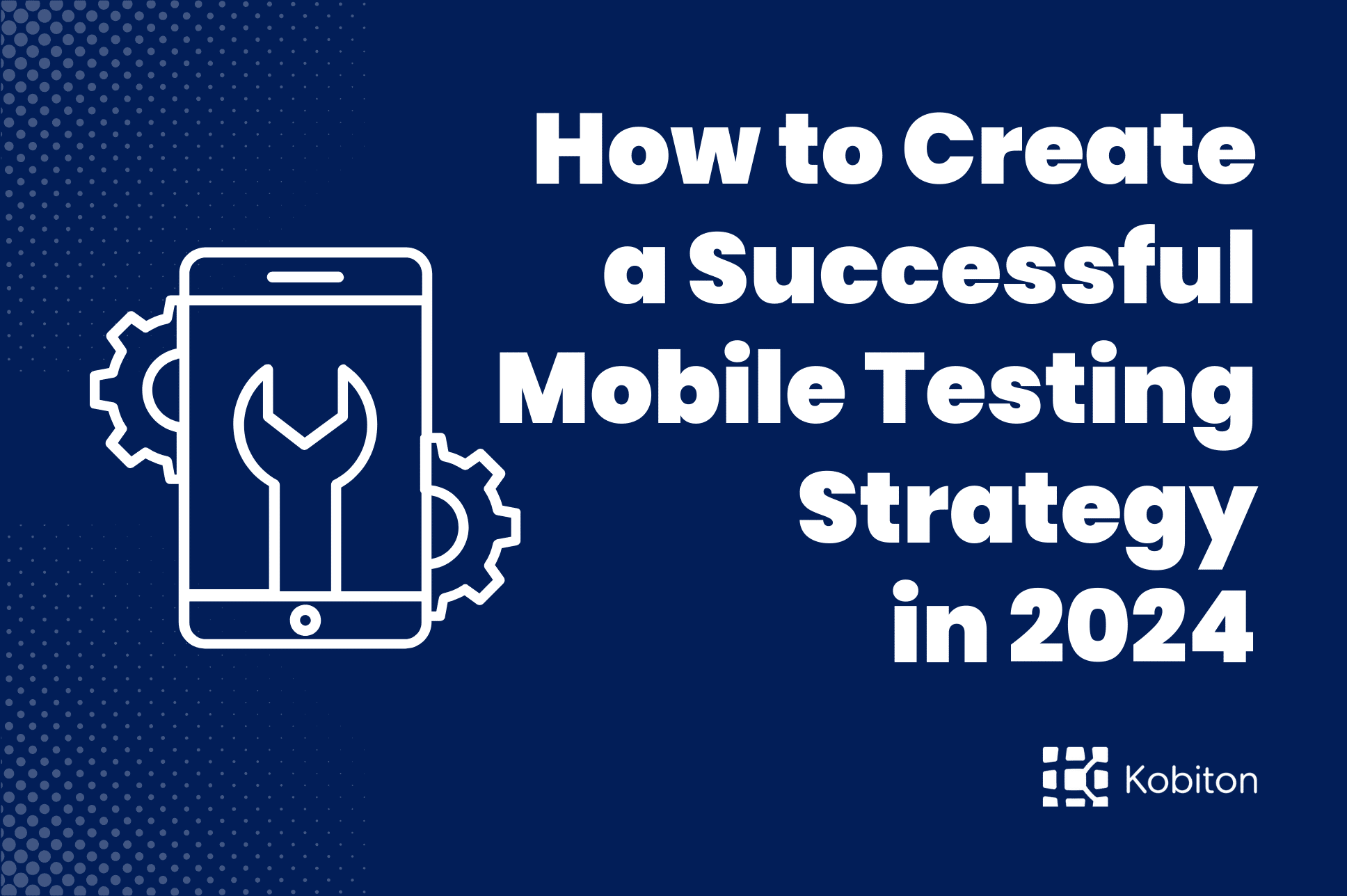Responsive web design has simplified the ease of getting the best mobile web experience on any device or screen. The high expectations users increasingly attach to their mobile experiences have made mobile testing strategies an integral aspect of your QA process. A high-quality mobile experience is no longer a competitive advantage. With smartphone users hitting about 6.65 billion globally as of 2022, creating thorough mobile performance testing strategies is critical to success.
Mobile device testing is an elaborate procedure presenting a set of complex challenges. The market is flooded with various mobile phone models. New models also continue to launch, bringing advanced upgrades with higher features to boost user experience. You need many resilient DevOps, new-age tools, and thoughtful consideration to implement an effective mobile device testing strategy. This guide offers insights into what you need to create a winning mobile testing strategy.
- Choosing The Appropriate Mobile DeviceThe first milestone to creating a winning mobile device testing strategy is identifying and choosing the right device. The trick to achieving this goal is shortlisting the top devices that your target audience uses frequently. Shortlisting devices helps you cover approximately 80% of the test devices you need.Google Analytics is one of the effective methods that help you identify the device that most site visitors use. Google Analytics allows you to establish the percentage of the target demographic accessing your site on mobile devices. You can also get more information, such as device model, brand, OS, and screen resolution, while secondary dimensions enable you to know each visitor’s specific browser.
- Automate TestingApp automation is an essential element of mobile testing strategies. It increases the speed and effectiveness of identifying bugs. You can also perform parallel tests to unearth bugs in different browsers. Automating the test process enhances the speed of the final results, improves efficiency and accuracy, and saves the time you spend on marketing. It also helps you in debugging and fixing bugs swiftly.
- Embrace A Usable Mobile PerspectiveYour primary objective is to enact a great mobile application design. However, it’s good to note that your app’s usability determines whether clients will stay or leave. Ensure that you customize the user interface (UI) and tailor it to client needs. The UI should be simple to enable users to navigate the apps efficiently.Remember that the UI for mobile users differs from desktop making it important to simplify it to match your mobile users’ needs. For instance, form filling commonly used in desktop testing strategies is cumbersome for mobile users. Optimize forms correctly to minimize the issues that users encounter when filling out such forms. Consider the small mobile phone touch, keyboard, and screen in your mobile performance testing strategy.It’s also important to consider the interrupt conditions, such as when notifications pop up, especially those that require an action that takes the user out of the current task. Such interruptions don’t affect desktop users, but it’s a different case for mobile users.You should enact a clean design with loadable mobile elements to enable customers to explore and navigate quickly.
- Functionality TestingFunctionality testing allows testers to check if the main functions are operating and performing effectively. For example, if you design an e-commerce application, functionality testing helps you evaluate features such as registration, login, cart additions, CTA clickability, and payment gateway integration. A successful functionality strategy plays the following roles in mobile device testing strategies:
- It helps to boost user experience and prevents critical issues
- It helps you to meet all your testing requirements and eliminate negative feedback
- It validates core functions
- Choosing – Real Devices Or Emulators?Testing your web applications on various mobile gadgets can be daunting and frustrating as it involves testing different devices and versions. Mobile Testing using real devices is expensive as you need an in-house device farm with new and legacy mobile phones. Setting up and maintenance of an in-house farm requires high costs.The good news is that you can use emulators that mimic real devices’ functionality as an alternative. Emulators function as real devices, but they don’t imitate the hardware.Emulators are useful in the early stages of testing as they assist you in optimizing your design and testing initiatives. However, all emulator tests may fail in real-world situations as you advance. For instance, if you’re running tests using emulators, you may not discover a battery issue specific to Samsung S12. Real device cloud helps you to solve this problem and run a winning mobile testing strategy.The real cloud refers to a collection of real devices hosted on a server to allow you to test your applications. You can use real devices in different real-world scenarios, including:
- Battery consumption
- Device Capabilities
- Bandwidth
- GPS
- Call & SMS notifications
- Network Issues
- Camera and functionality
Optimize Mobile Testing With Kobiton
Kobiton offers an avenue to test your mobile applications and web on over three thousand devices, operating systems, and browser versions. Start your testing process with a click to access your preferred device. We offer you everything, including real device testing, device lab management, functional testing, visual testing, and more. At Kobiton, we accelerate different types of testing on real devices and the Kobiton cloud.

